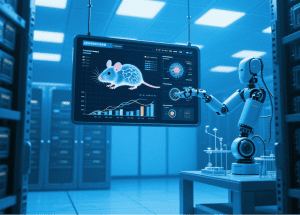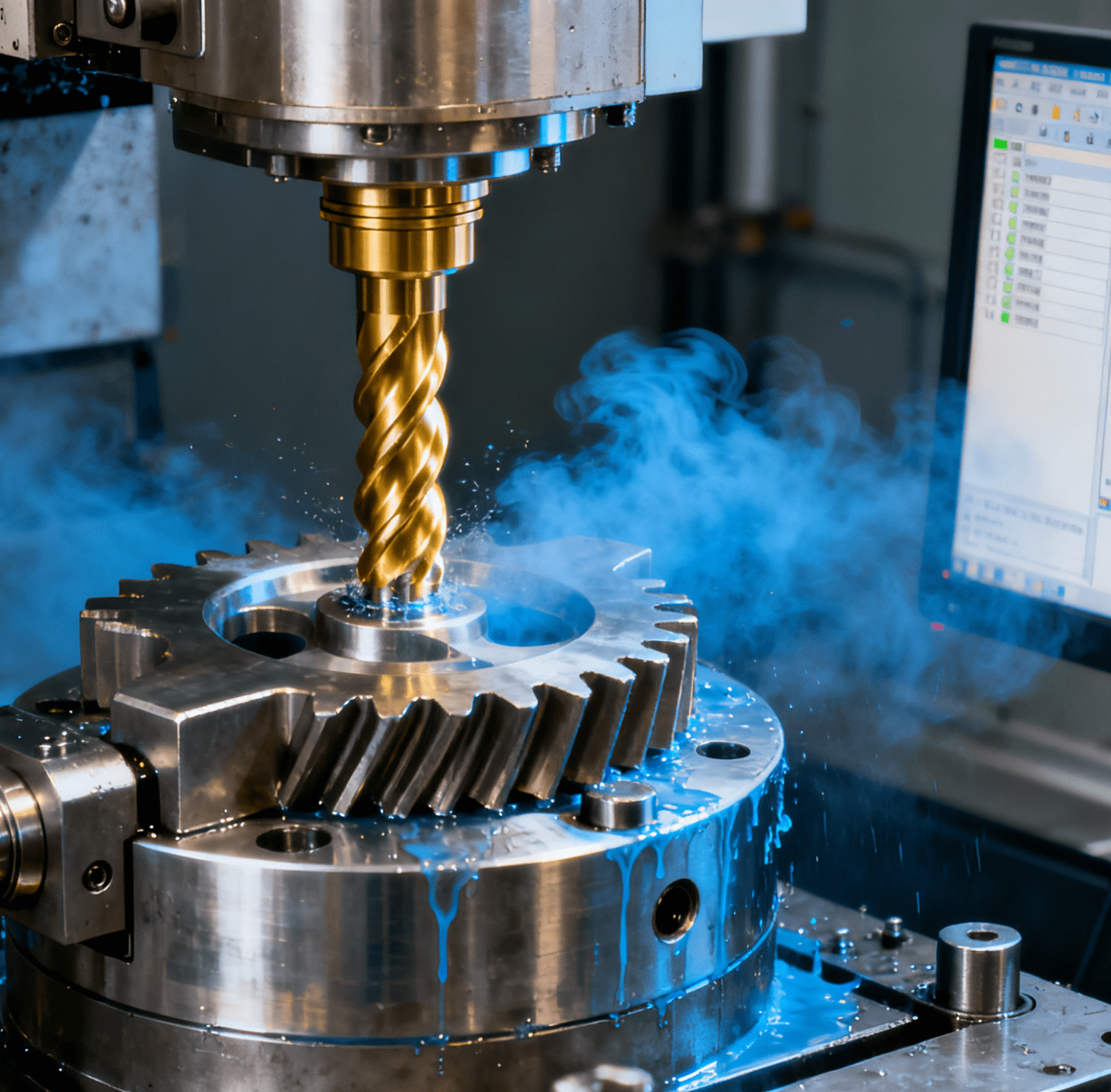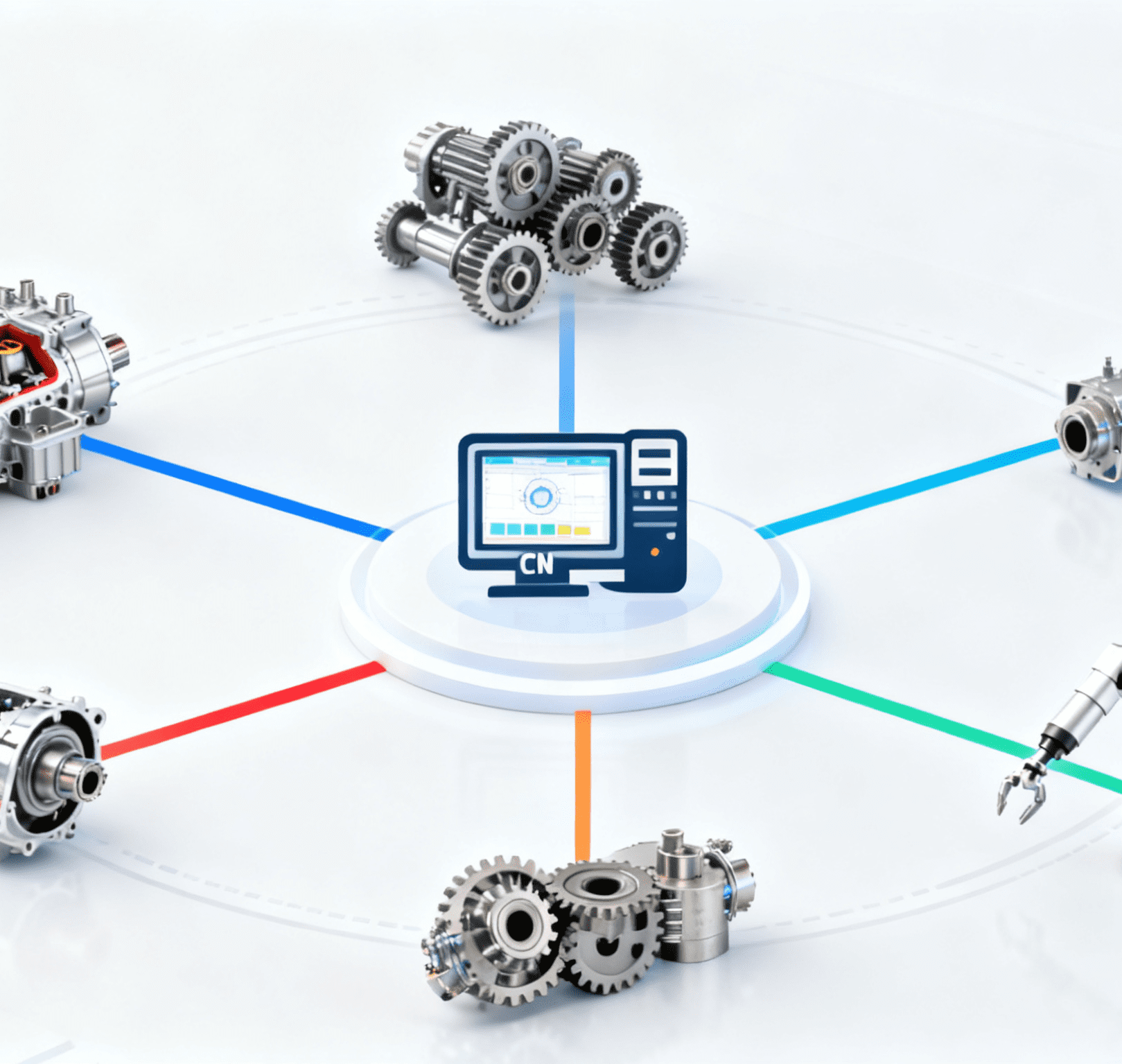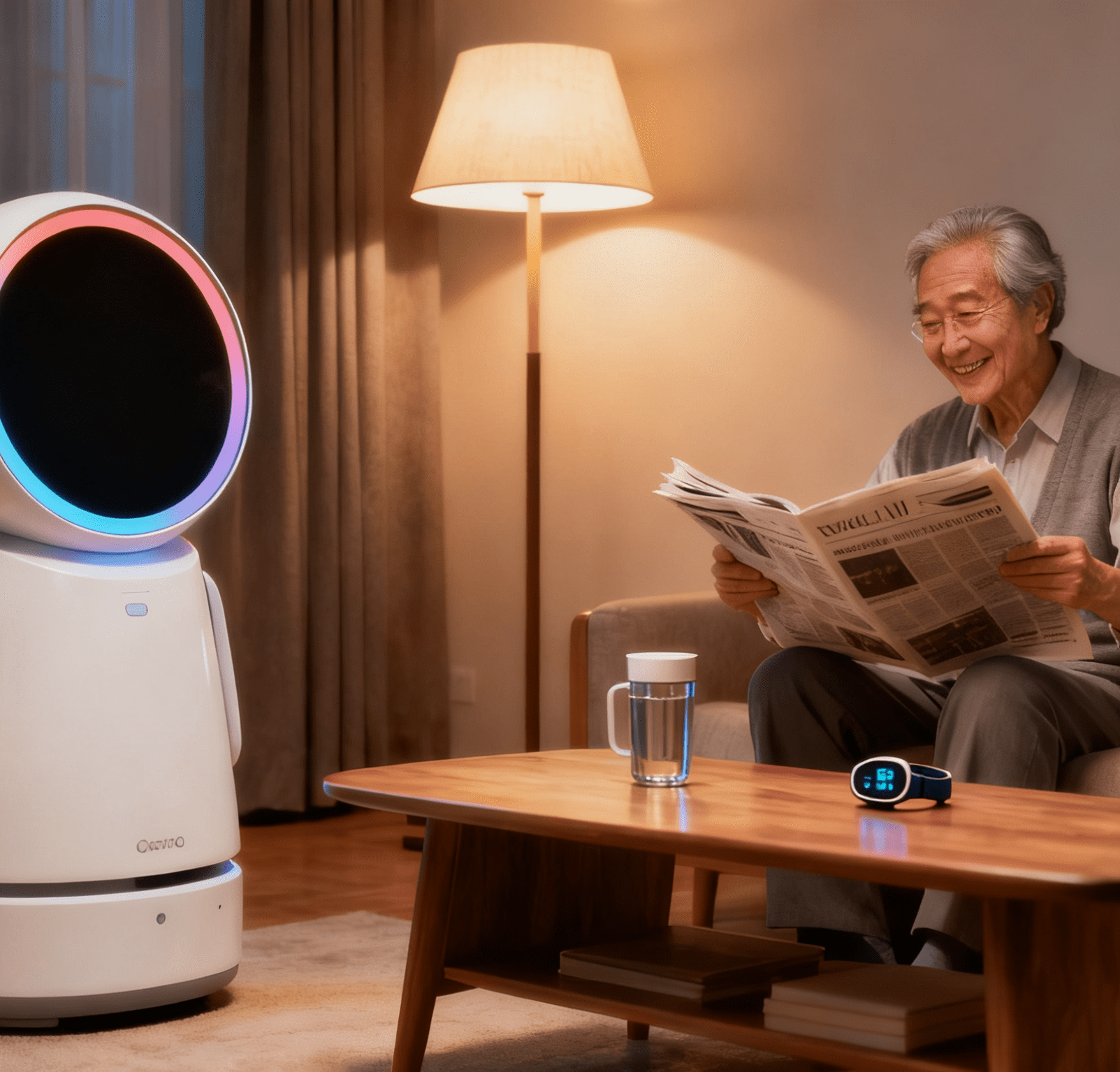Table of Contents
ToggleHow Biological Insights Drive Intelligent Automation: AI Learns Predictive Prowess from Mouse Neural Patterns

In the era of intelligent automation, where precision in motion prediction is critical for industrial automation—from autonomous vehicles to robotic assembly lines—researchers at the Technical University of Munich (TUM) have uncovered a breakthrough: Artificial neural networks can achieve superior predictive accuracy when trained on biological data from early visual system development. The study, published in PLOS Computational Biology, bridges neuroscience and AI to redefine how automation equipment learns, with implications for smarter, more adaptive industrial systems.
Biological Pre-Training: A Blueprint for AI Efficiency
In mice, cats, and humans, the visual system begins “practicing” before birth through spontaneous neural activity called “retinal waves”—wave-like patterns in the retina that wire the eye-brain connection without external stimuli. TUM researchers hypothesized that this biological pre-training could enhance AI’s learning efficiency, analogous to how industrial automation systems benefit from optimized pre-programming before task execution.
“Traditional AI training for tasks like motion prediction starts when data collection begins, similar to an organism ‘opening its eyes,'” explains Julijana Gjorgjieva, Professor of Computational Neuroscience at TUM. “By integrating a pre-training stage—mimicking retinal waves—we enabled neural networks to learn like biological systems, giving them a foundational model for interpreting sensory data. This is pivotal for intelligent automation, where split-second predictions in dynamic environments are essential.”
Testing Pre-Training in Industrial Automation Scenarios
The team trained neural networks in two ways:
- Biologically inspired group: Pre-trained with mouse retinal wave data, then fine-tuned on an animated simulation of a mouse navigating a patterned corridor.
- Control group: Trained solely on the animation without pre-training.
The task: Predict how visual patterns evolve as the “mouse” moves. Networks pre-trained with retinal waves outperformed others in speed and accuracy—even when total training time was equalized. In a real-world test using low-quality, complex footage from a cat’s perspective (mirroring challenges in automation equipment like mobile robots), the pre-trained networks again excelled.
Implications for Automation Equipment and Industry
This research underscores the potential of biological mimicry in refining industrial automation. For example:
- Autonomous vehicles: Pre-trained AI could better predict pedestrian/cyclist movements by emulating how biological vision systems anticipate motion.
- Robotic arms: Automation equipment in factories could adapt faster to new tasks, reducing downtime and errors.
- Smart grids: AI-driven predictive maintenance systems, pre-trained on biological neural patterns, might detect anomalies more efficiently.
TUM’s findings suggest that integrating biological pre-training into AI frameworks—similar to how industrial automation systems use baseline protocols—could be a cornerstone of next-generation intelligent automation, enabling machines to learn from nature’s most efficient designs.
“This work isn’t just about AI mimicking biology; it’s about reengineering industrial automation from the ground up,” says Gjorgjieva. “By embedding biological learning principles into automation equipment, we’re creating systems that don’t just perform tasks but adapt and improve like living organisms—a critical step toward truly intelligent industrial ecosystems.”




















